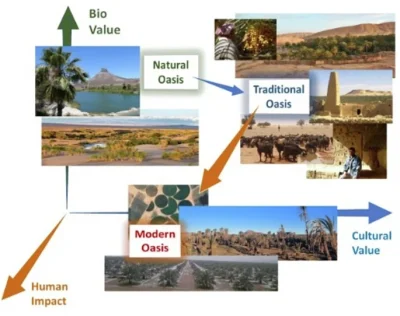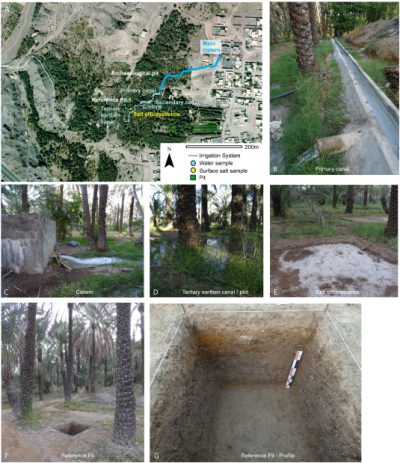Source : https://doi.org/10.1371/journal.pone.0321584
The benzene polycarboxylic acid (BPCA) method is a technique to characterise the aromaticity and aromatic condensation of pyrogenic carbon (PyC) in charred residues. As a molecular marker for polycondensed aromatic moieties, the analysis of BPCAs in archaeological contexts has great potential as a means of detecting and characterising charred residues where past fire traces are not evident. Despite the increased frequency of applications and significant developments since the method’s inception, no central database of BPCA results for modern charcoal pyrolysed under controlled laboratory conditions exists. Limited sample sizes in previous research have restricted the ability to precisely quantify the effects of combustion temperature, precursor feedstocks, pyrolysis parameters (e.g., oxygen availability), and methodological aspects (e.g., chromatography) on resultant BPCA profiles. To remedy this, we present the BPChAr database, which contains a total of 236 BPCA results on modern lab-produced charcoal. Through statistical analyses of the gathered data, we quantify the relationship between combustion temperature and resultant BPCA profiles, and construct random forest models to predict combustion temperature in unknown samples. Our findings show that additional variables hypothesised to play a role in shaping BPCA results — such as precursor feedstock type, oxygen availability during pyrolysis, and chromatographic separation method — have statistically significant implications for resultant BPCA profiles. Our analysis nuances these observations, highlighting at what charring temperatures and for what variables these concomitant parameters should be factored into the interpretation of BPCA results. Random forest models are also developed to predict precursor feedstock (hardwoods, softwoods, and grasses) in unknown samples, though further work is required to refine the accuracy of this model. The BPChAr database constitutes a fundamental tool for modern PyC research, and provides a baseline for future work aimed at employing the BPCA method in palaeoenvironmental and archaeological research.



